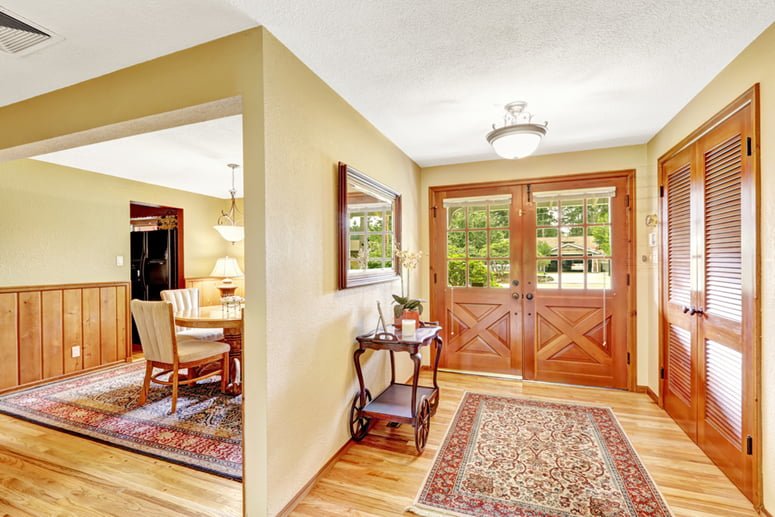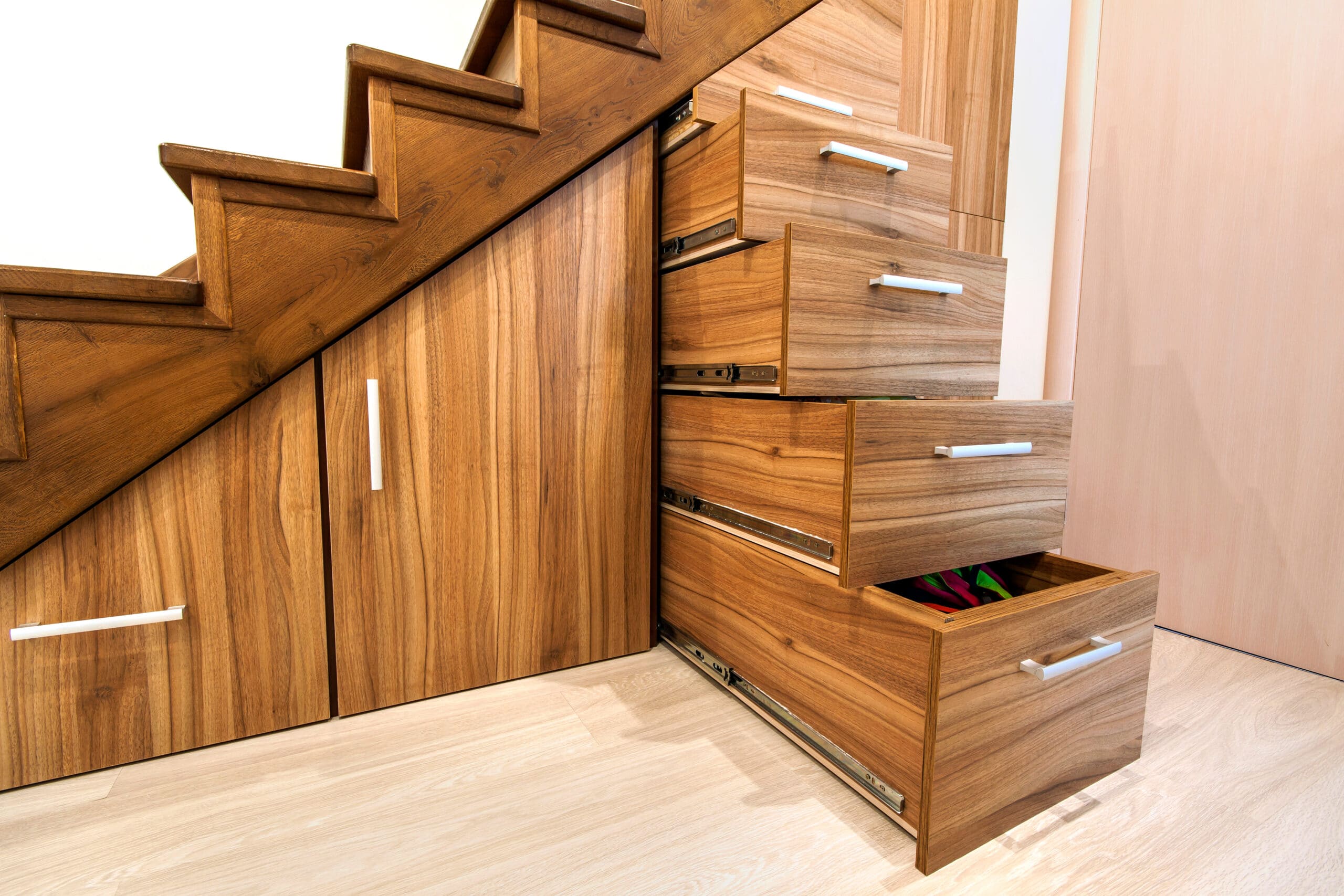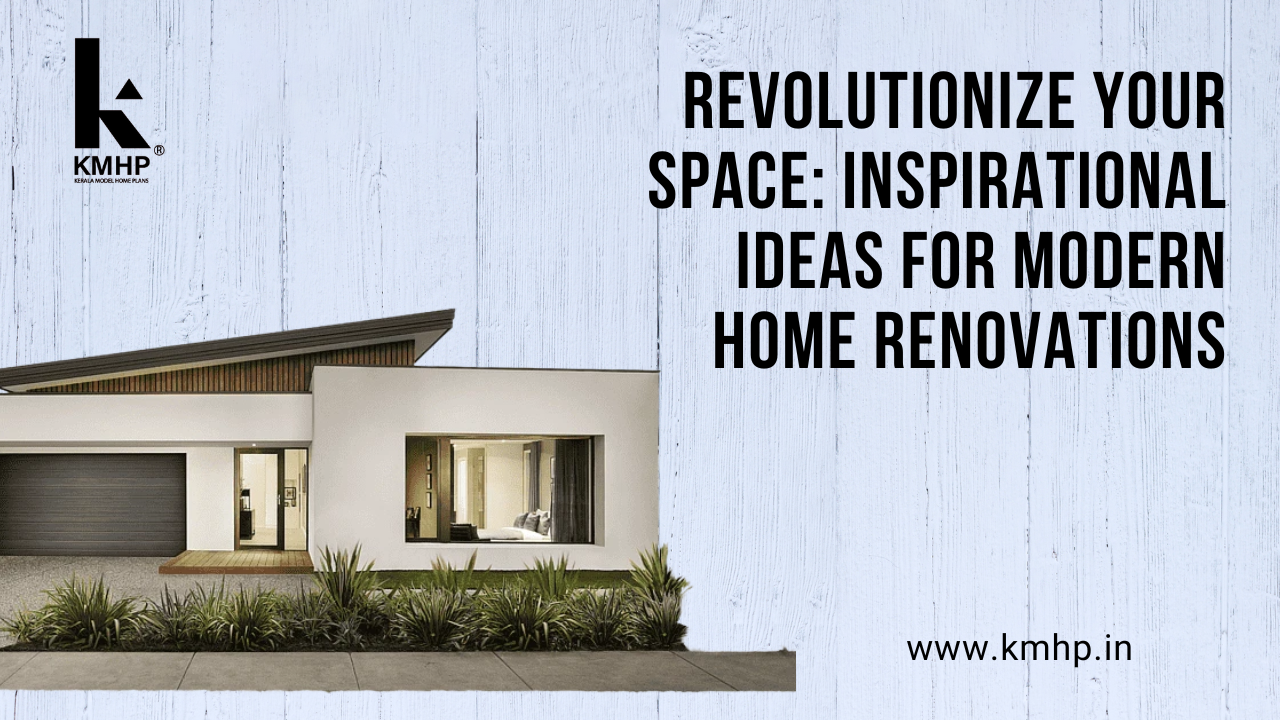Entryway and Foyer Design Guide
Creating a welcoming and stylish home begins the moment guests step across the threshold. The entryway and foyer design sets the tone for the entire house, offering a first impression that speaks volumes about your personal style and taste. At cartlab.web.id, we understand the importance of this crucial space. We believe that a thoughtfully designed entryway isn’t just a passageway; it’s a statement piece that enhances the overall aesthetic and functionality of your home. This comprehensive guide will explore various aspects of entryway and foyer design, helping you transform this often-overlooked area into a captivating and functional heart of your home. We’ll cover everything from choosing the right flooring and lighting to incorporating furniture and décor to create a space that reflects your unique personality and lifestyle.
The design of your entryway and foyer is a crucial aspect of your home’s overall aesthetic appeal and functionality. A well-designed entryway sets the stage for the rest of the house, creating a welcoming and inviting atmosphere for both residents and guests. This guide will empower you to create a space that is both beautiful and practical, reflecting your individual style and enhancing the overall value of your property.

1. Defining Your Style: Setting the Foundation for Your Entryway

Before diving into the specifics of entryway and foyer design, it’s crucial to define your desired style. Consider the overall architectural style of your home. Does it lean towards modern minimalism, traditional elegance, rustic charm, or something else entirely? Your entryway should complement, not clash with, the existing aesthetic. For instance, a sleek, minimalist entryway might feel out of place in a Victorian-style home, while a heavily ornate foyer would feel overwhelming in a contemporary space.
Think about the mood you want to create. Do you envision a bright and airy space or a warm and inviting haven? The color palette, materials, and lighting will play a significant role in achieving your desired ambiance. Browse design magazines, online portfolios, and even visit showrooms to gather inspiration and identify elements you find appealing. Consider exploring different design styles, such as the calming and functional Scandinavian design style detailed in our guide: Exploring the Scandinavian Design Style.
Once you have a clear vision of your style, you can start making informed decisions about the various elements that will contribute to the overall look and feel of your entryway. This initial step is fundamental to a successful entryway and foyer design project.
2. Flooring: Setting the Stage with the Right Surface

The flooring in your entryway is the first thing guests will notice, so choosing the right material is crucial. Consider durability, maintenance, and aesthetic appeal. Entryway and foyer design often involves high-traffic areas, so selecting a hard-wearing material is essential.
- Hardwood: Offers a classic and elegant look, but can be susceptible to scratches and water damage. Regular maintenance is key.
- Tile: Durable, easy to clean, and comes in a vast array of styles and colors. It’s an excellent choice for high-traffic areas.
- Stone: Provides a luxurious and sophisticated feel, but can be expensive and require specialized maintenance.
- Carpet: Offers warmth and comfort underfoot, but can be prone to stains and require more frequent cleaning. It’s generally not recommended for high-traffic entryways.
The choice of flooring will also impact the overall feel of your entryway. Light-colored flooring can make a small space feel larger, while dark flooring can create a more dramatic and intimate atmosphere. Consider the natural light in your entryway when making your selection.
3. Lighting: Illuminating the Entrance

Lighting plays a vital role in setting the mood and functionality of your entryway. A well-lit entryway feels welcoming and safe, while a poorly lit one can feel dark and uninviting. Consider a layered approach to lighting, incorporating a mix of ambient, task, and accent lighting.
- Ambient lighting: Provides overall illumination, such as a ceiling fixture or recessed lighting.
- Task lighting: Provides focused light for specific tasks, such as reading a mail or putting on shoes, perhaps through wall sconces.
- Accent lighting: Highlights architectural features or artwork, adding visual interest and depth.
Choose fixtures that complement your chosen style and enhance the overall aesthetic of your entryway. Consider using dimmers to control the intensity of the lighting and create different moods throughout the day. Natural light should also be maximized where possible.
4. Furniture and Accessories: Adding Personality and Functionality

Furniture and accessories add personality and functionality to your entryway. A console table provides a practical surface for keys, mail, and other essentials. A mirror can make the space feel larger and brighter. A coat rack or hooks offer convenient storage for coats and bags. Consider adding a small bench or chair for extra seating.
When selecting furniture and accessories, choose pieces that complement your chosen style and add to the overall aesthetic of your entryway. Avoid overcrowding the space; less is often more. Consider incorporating elements that reflect your personal style and interests. A thoughtfully curated collection of artwork, photographs, or decorative objects can add a touch of personality and visual interest. For a more traditional aesthetic, consider elements featured in our guide on Traditional Home Design: A Complete Guide.
5. Storage Solutions: Keeping Things Organized

An organized entryway is a functional entryway. Incorporate storage solutions to keep things tidy and prevent clutter from accumulating. Built-in cabinets offer discreet storage, while open shelving provides a more casual and visually interesting option. Baskets and bins can be used to store items such as shoes, hats, and gloves. A well-planned storage system will help you maintain a clean and welcoming entryway, regardless of your lifestyle.
Consider the size and layout of your entryway when choosing storage solutions. If space is limited, opt for slimline cabinets or wall-mounted shelves. If you have ample space, you can incorporate larger storage units or even a dedicated mudroom area adjacent to the entryway.
Conclusion
Designing a beautiful and functional entryway and foyer is an investment that pays off in many ways. It enhances your home’s curb appeal, creates a welcoming atmosphere for guests, and elevates the overall living experience. By carefully considering the elements discussed in this Entryway and Foyer Design Guide, you can transform this often-overlooked space into a captivating and functional heart of your home. Remember to consult with interior design professionals if you need further assistance. For a more detailed guide and further inspiration, visit our comprehensive resource: Entryway and Foyer Design Guide. This guide provides even more in-depth information and visuals to help you create the perfect entryway for your home. Remember, creating a welcoming porch and patio can also enhance the overall appeal; check out our guide on Porch and Patio Design: A Complete Guide for more ideas. Good luck with your project!
(Note: Remember to replace the bracketed image placeholders with actual images.)






Comments